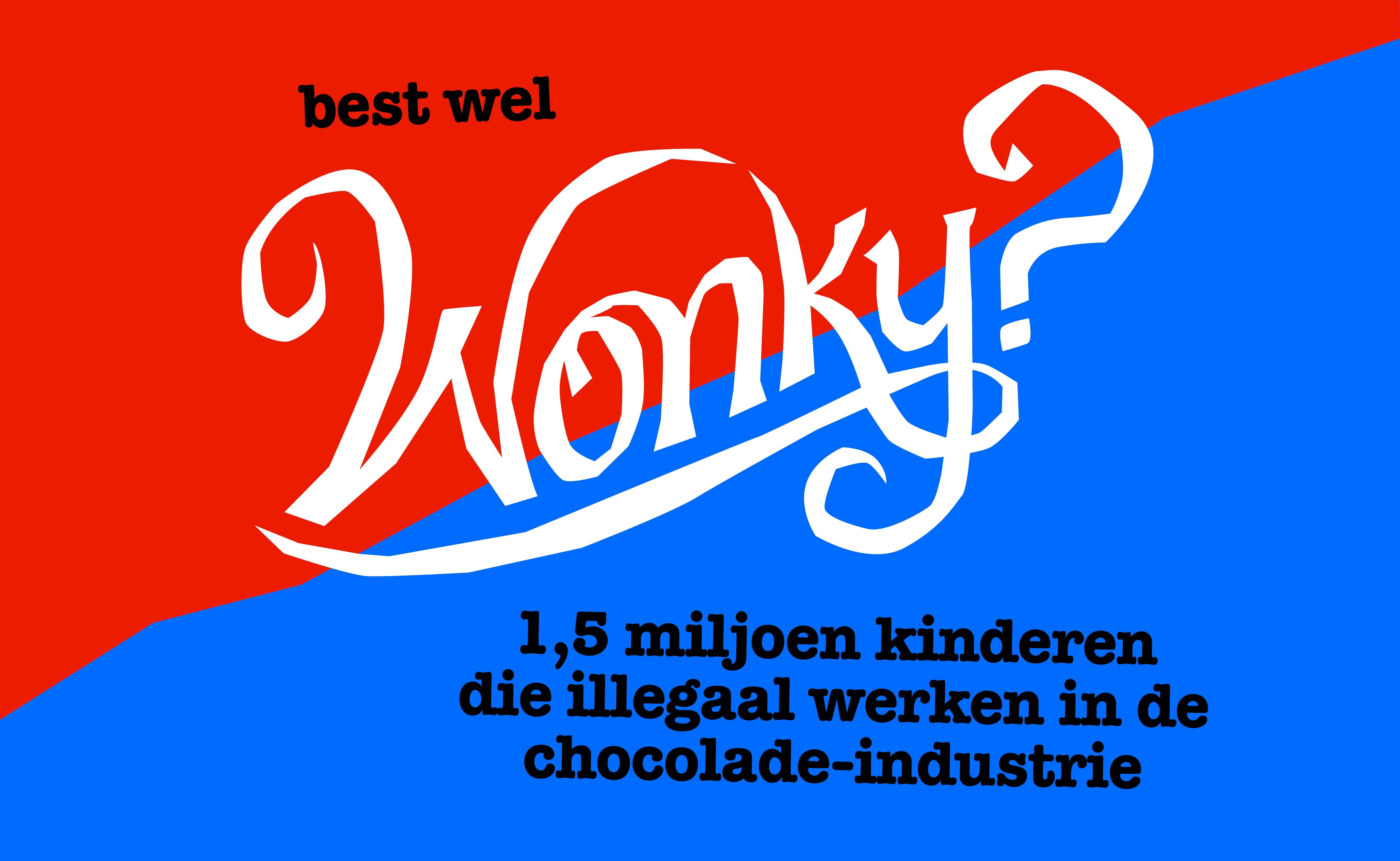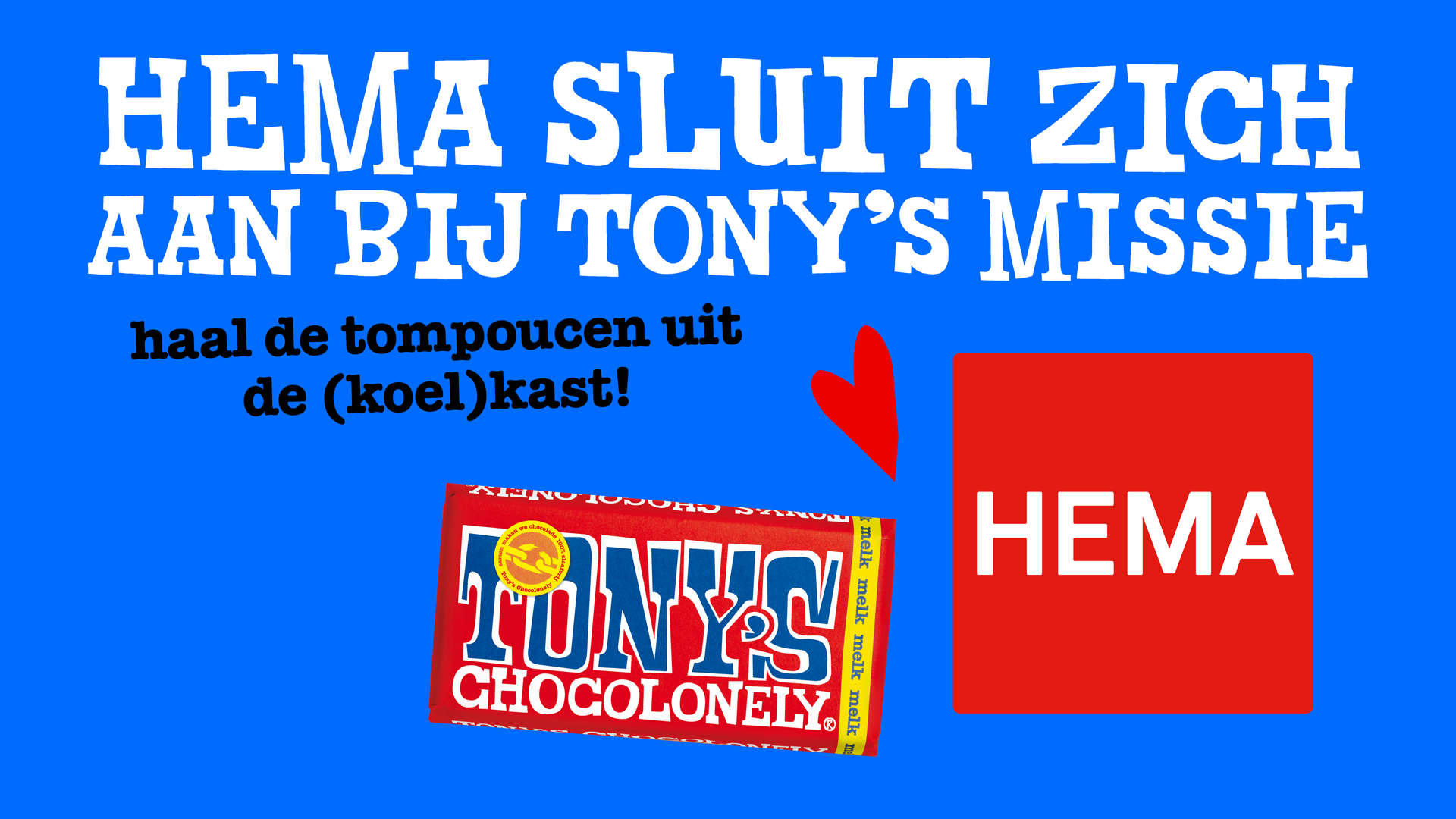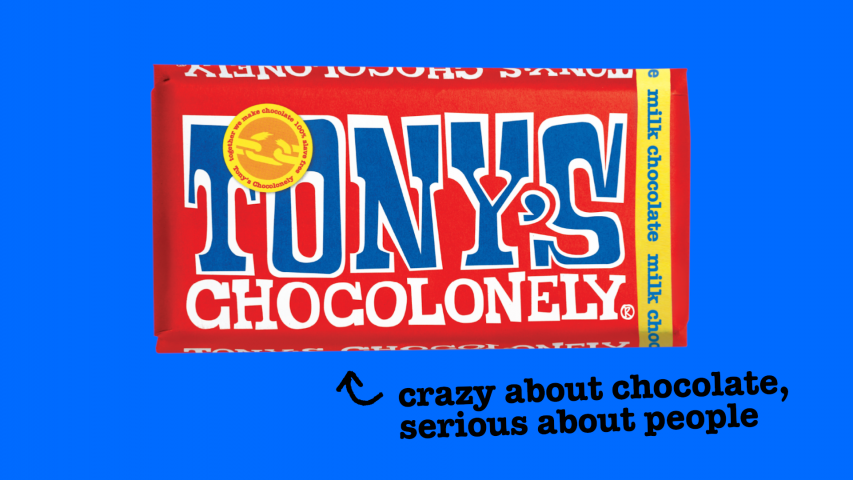Blog: BITTER Chocolate Stories
Personal blog from our Joost: the making of BITTER Chocolate Stories

BURKINA FASO, travel report June 2017
Dust, sand, colors, and lots of people. Packed, in a full car and around us the urban landscape of the city of Ouagadougou changes into beautiful African landscapes. With a small crew we are on our way to a childcare center.
Thousands of children leave Burkina Faso every year to work, whether or not forced, on cocoa plantations in neighboring countries, including Ivory Coast and Ghana.BITTER Chocolate Stories is an exhibition that shows how the cocoa industry works, but mainly gives children a platform to tell their stories. And we are here for the latter.
Teun van de Keuken was here in 2004 looking for children who wanted to testify against him in his chocolate lawsuit. Unfortunately, 13 years later, the children's shelter still offers shelter to children who "got lucky". Happiness in the sense that they are now here, and no longer on the plantations.
In the middle of nowhere we arrive at the center. You enter through the large red gate and enter a courtyard with several buildings. A little boy has just walked out of the building and is scared to death by a suddenly scary white man, probably the first he has ever seen in his life. That white man is me. We meet founder Madame Bernadette and the children in the center. Child laborers? Child slaves? I prefer to see the people behind these types of terms, rather than labeling them under any category. They are beautiful and super nice, although it is difficult to get in touch with others. In the brief second that you have contact you see the beautiful dark eyes, but with an empty look. It seems like some are afraid of me, maybe because the wounds are still too fresh. After a few hours we start building the “studio”, which is actually nothing more than a thatched roof between two of the buildings and a green piece of cotton against the wall. The cloth needs to be ironed but there is no electricity. Within 4 minutes someone will be in front of the studio with an iron from the Middle Ages. But he works, with wood and coal. Perfect! The photographer, Joana Choumali from Ivory Coast takes a few test photos of the fixer and we immediately see that she is the right photographer for this series. In addition, she speaks the language, knows the culture and is extremely involved in these types of social issues. After chatting with the children in the house, we start with the portraits. Strong, beautiful, hopeful and sad looks alternate and after the first photo Joana starts to cry. The sad empty look in a girl's eyes hurts, without her having told anything about her life at all. Her eyes speak volumes. A book that you want to close quickly if you want to keep your eyes closed to the misery that is happening.
A little later the girl joins Marijn, the journalist who does the interviews with the victims. She tells her story piece by piece. She appears to have worked on a cocoa plantation and was also forced to keep everything in and around the plantation owner's house clean. Day in, day out, under control and unpaid... Through the personal stories, the terms child labor or child slavery are starting to gain more and more context. Stories that need to be heard. And every story is different.
It is difficult to imagine that this girl sitting in front of us is one of the victims of what we are fighting so hard against with Tony's. She was just a workhorse. No one looked her in the eye or gave her love. Mentally abused, worthless and for the plantation owners simply an object instead of a person. Or a child. “Your parents don't care about you, and we care even less.”
They probably saw her pain, but made it clear that if she committed suicide, they would have someone to take her place.
I try to imagine how a girl just has to go back to work after hearing comments like this. She breaks down several times during the interview. Only child, with people you don't know, without school, friends, family. Perhaps the worst thing of all is that children's dreams for the future are taken away. The moment this happens to you at such a young age, I can imagine that all your dreams about what you want to be when you grow up disappear like snow in the sun.
The journalist asks another girl what she wants to say to children in the Netherlands who are also having a hard time. I find myself thinking that my first thought is that almost no one in the Netherlands is allowed to complain, and that all our problems are relative to the children here. In fact, maybe this girl is a victim of our greed.
Her beautiful dark eyes stare into the distance and she whispers softly:
'..If there are children there who are having a hard time, they can come here...,
Silence ..
The first tears roll down the cheeks of the journalist and photographer.. This girl..
More misery, heartbreaking stories and tears follow. After the interview it is quiet. Everyone needs some time to process it. All terms are given a face. Hands, eyes, an age. And a name.
‘Hello, how old are you?’
The next child sits down.. Head bowed and staring at the ground.
The second. Another story. Another broken childhood.
'Fifteen'
In the evening we sit in the car back to the hotel. The setting sun turns the beautiful brown landscape pink and purple. Everyone is quiet and stares out the window. Words fall short after a long day of first impressions. The photos are impressive but the stories are heartbreaking. How nice it would be if we could count down, so that the stories stop and no new stories arise. But while we arrive at the hotel, a bus arrives in the dark near the center, with nine other children, to tell us what they experienced the next day.
Joost, Team Tony's
maybe also interesting
-

mission
12 December 2023
Quite Wonky, all those abuses in chocolate
-

mission
08 November 2023
Jumbo will start sourcing its cocoa fair via Tony's
-

mission
25 September 2023
HEMA joins Tony's mission for 100% slave-free chocolate
-

mission
16 June 2023
Good news! We received 20M€ to accelerate our impact and soar closer to our mission.




